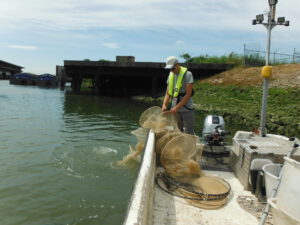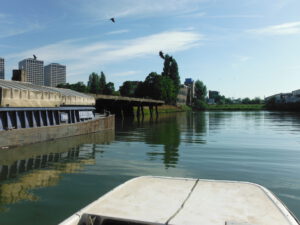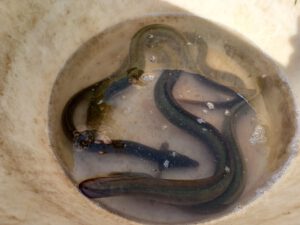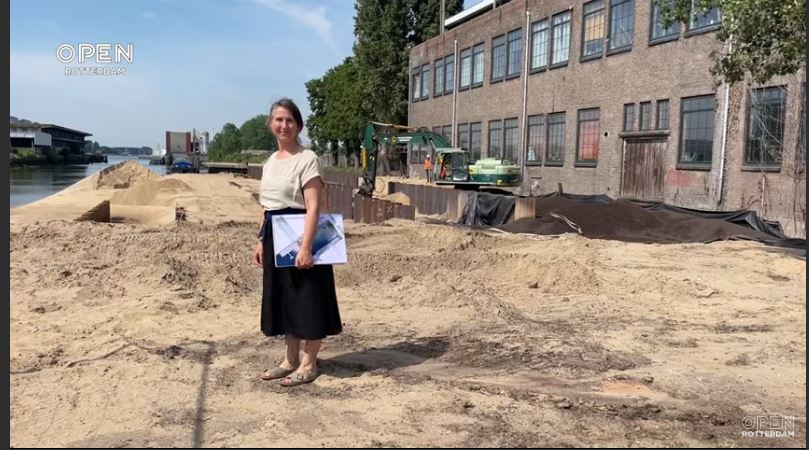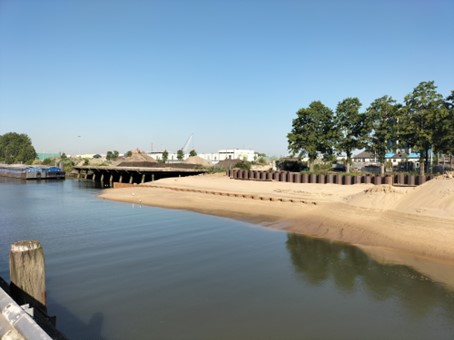The new tidal park to be constructed in the Keilehaven is expected to make a positive contribution to the WFD (Water Framework Directive) targets. Long-term monitoring is carried out to get a picture of the ecological quality in the Keilehaven. The baseline measurement was done in 2022. The main species groups monitored are fish and macrofauna, and the development of (submerged) vegetation.
In order to visualize the ecological added value of the tidal park, the following questions will be examined in the upcoming measurements:
- Does the tidal park add value to the fish community, looking at densities and species composition?
- Do WFD target species (such as smelt, flounder and ruffe) use the tidal park, and if so, how?
- Does the tidal park add value to the macrofauna community, looking at densities, species richness and diversity?
- Does the tidal park lead to the establishment of vegetation and/or (more) variation in vegetation, looking at vegetation types, species, densities and degree of cover?
Nine different fish species were found in the Keilehaven during the baseline measurement, namely eel, perch, roach, bream, pike-perch, flounder and North Sea wood. In addition, the exotics (and also freshwater species) Pontic gudgeon and round goby have been found. Of the total of 147 fish found, perch (50 pieces) and zander (46 pieces) have the highest share.
There are now few types of vegetation on the current banks of both harbors and the cover is generally low. One of the reasons is that the banks are completely covered with stones. By removing part of the stones, riparian plants can have room to grow.

